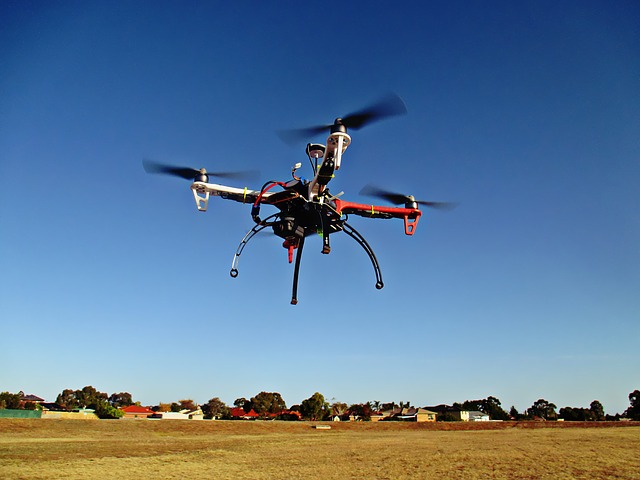
Acquired by Google (NASDAQ:GOOGL) in 2013, Boston Dynamics — Google’s robotics lab — is well-known for its robot videos. A few days ago, at the TechCrunch Disrupt conference in London, the company showed more than just video footage.
Taking the stage with Boston Dynamics CEO and founder Marc Raibert was SpotMini, their latest prototype — a 4-legged robot which they unveiled in June through a viral video, now making its first public appearance.
SpotMini, the smaller version of Spot (also a 4-legged robot), weighs 55 pounds, looks more like a dinosaur than a dog, and is equipped with a robotic arm which it can use to do different kinds of tasks — from loading the dishwasher, to fetching and delivering a can of soda, walking, running, dancing, opening doors, and even picking itself up after falling over from banana peels. According to Boston Dynamics, SpotMini is able to do all those by using cameras, a solid state gyro, and different kinds of sensors that help it move and navigate.
Aside from showing off what SpotMini can do, Raibert also provided a ‘sneak preview’ into what the company is working on. He said that after experimenting and developing robots, Boston Dynamics is now focusing on bringing production costs down so they can start making actual revenue-generating products with broader applications, instead of just prototypes with no specific uses. He adds that even if they are able to build the best robot, it will just go to waste if nobody can afford to buy one.
And what are their possible target areas? He mentioned two applications.
First is home delivery. While others are focused on perfecting the technology that will enable drones to deliver packages, they will take a different route by making use of robots. And they believe they may have the advantage because compared with wheeled delivery robots, walking or legged robots have the advantage of being more mobile, stable and capable of navigating through tighter and more complicated paths.
The second is assistance for the elderly. Instead of complete reliance on people, the company is hoping that robots and machines can help give care to those who need assistance, especially when there aren’t enough people to do the job.
What Raibert mentioned are just plans, with no specific timelines yet. But we know the technology already exists, and with more refinements, we may be seeing useful applications in the near future.
It’s undeniable that we are living in exciting times. But while watching technologically advanced robots in movies is pretty spectacular, seeing actual robots in real life is still kind of surreal because maybe we’re not as ready to have robots in our midst as we think we are. And also, it’s becoming pretty hard to dismiss predictions from several well-known names about robotics and AI being a threat to humankind, especially when you’re seeing first-hand how these robots can actually do what they’re designed to do.
But then again, maybe we should try being more optimistic. Instead of always thinking about the worst that can happen, maybe we should think about the best that can happen instead. And then we can be more excited about the idea of one day receiving a delivered by a smiling robot. Who’s to say it’s not possible to create smiling robots, right?
- Bulenox: Get 45% to 91% OFF ... Use Discount Code: UNO
- Risk Our Money Not Yours | Get 50% to 90% OFF ... Use Discount Code: MMBVBKSM
Disclaimer: This page contains affiliate links. If you choose to make a purchase after clicking a link, we may receive a commission at no additional cost to you. Thank you for your support!




Leave a Reply